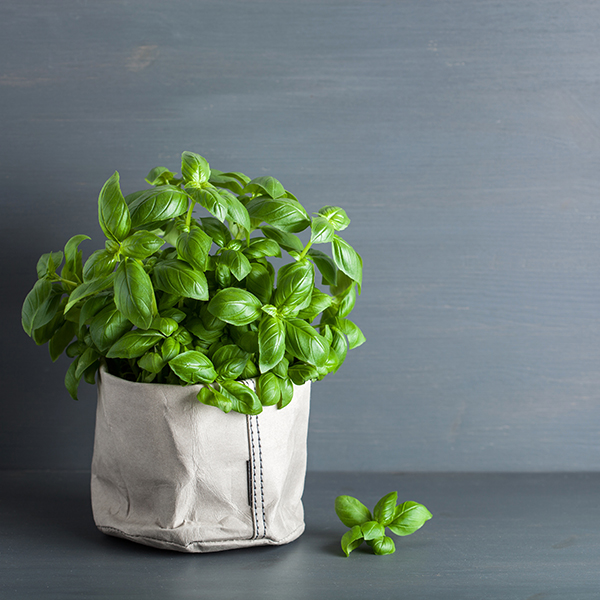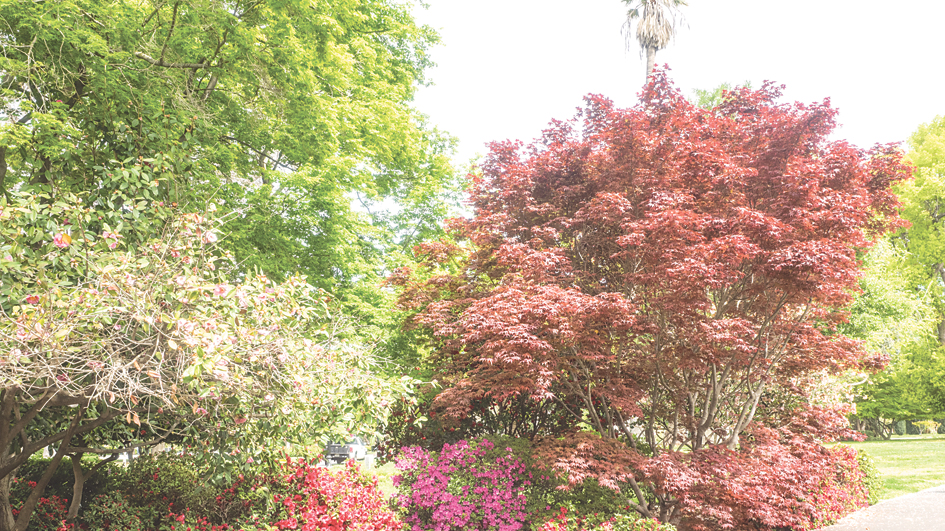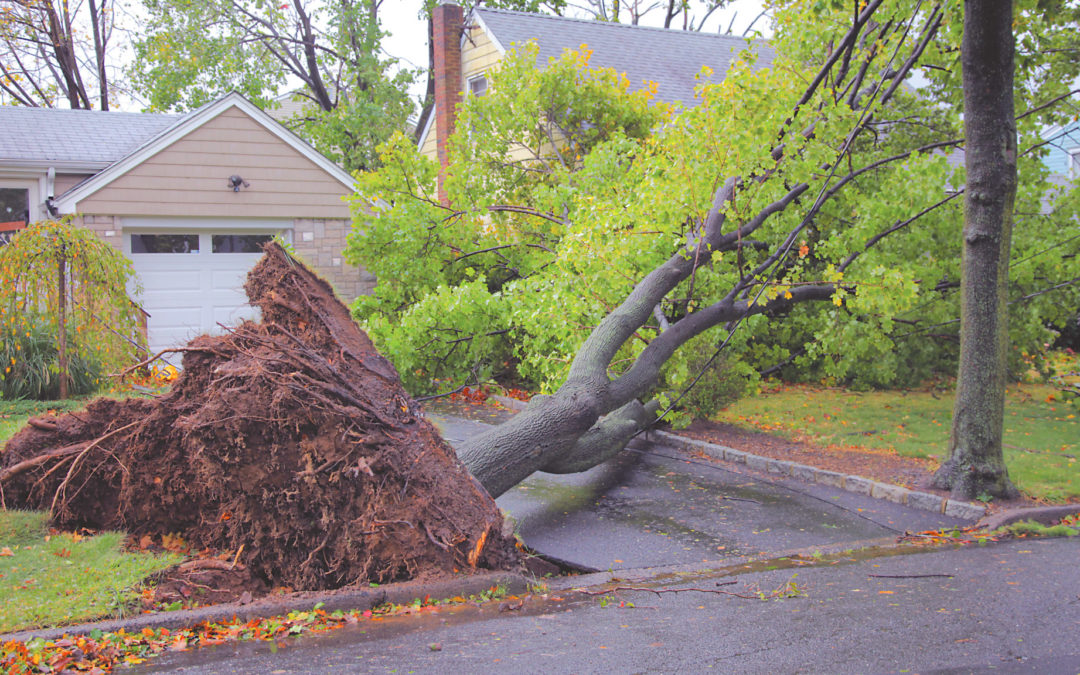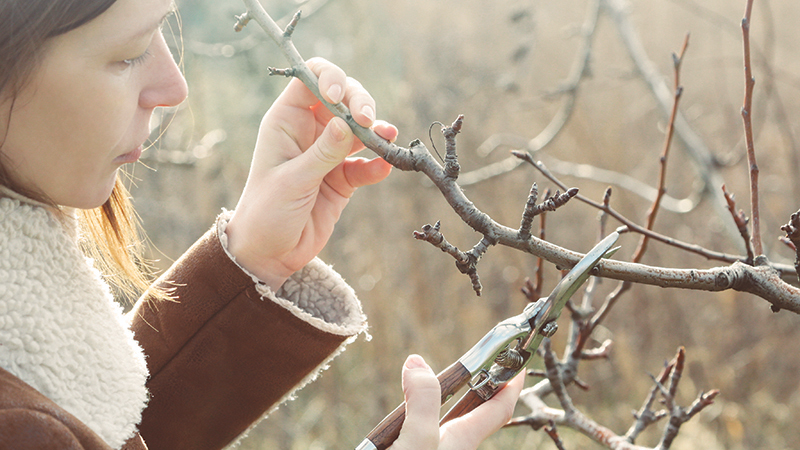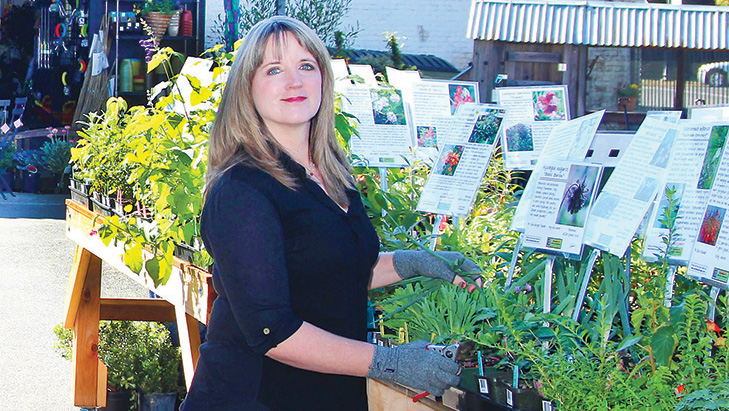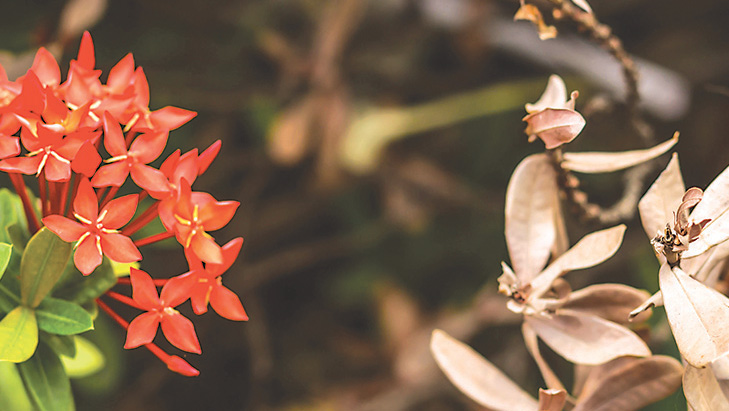
May 1, 2019
Summer cuisine isn’t summer cuisine without fresh basil. We pulverize it into pesto and toss it into tomato sauce. We combine it with tomatoes and mozzarella cheese to make pizza, lasagna and caprese salad. While it’s a staple of Italian cooking, Californians use it in many kinds of food. There are dozens of mouth-watering basil recipes just a Google search away.
It’s now warm enough to plant basil, which can be damaged by temperatures below 50 degrees. Give it a sunny spot, water it regularly and pinch it back to keep the plant bushy and prevent it from flowering, which causes the leaves to be less flavorful and slows down the plant’s growth.
You can start seeds in a pot indoors or sow them in the ground, protecting them from pests such as slugs and snails. I usually buy already-started plants. There are often half a dozen seedlings in a single pot. I tease them apart and plant them separately in the ground, placing them between my tomato plants. It may be an old wives’ (or gardeners’) tale, but I’ve heard that if you plant basil close to the tomatoes, it will improve their flavor and discourage pests. That may not be true, but it’s convenient to grow them together.

Apr 5, 2019
I’ve been visiting gardens most of my life. I’ll never forget being an excited little girl in the hedge maze of the Governor’s Palace gardens in Williamsburg or a teenager stunned by the beauty of tulips in the Netherlands’ Keukenhof gardens. I’ve been to hundreds of gardens since then, and have never lost my initial joy and sense of discovery.

Mar 11, 2019
Jan. 6 was a blustery day, followed by an even more blustery night. Winds gusted to nearly 60 mph. We’d been warned by weather reports and thought we had battened down the hatches.
Our climbing roses were pruned and secured to their archways. I’d cut back other long branches that might whip around. My husband cleaned the gutters and storm drains, and put away loose items. Let it blow!

Jan 13, 2019
Even though it’s tempting to cocoon inside, winter is the time for Sacramento gardeners to pick up our tools and go outdoors. The work that we do in the next few months lays the foundation for the rest of the year. Winter is pruning season for roses, grapes and most deciduous fruit trees. Pruning encourages the growth of fruiting or flowering branches and controls a plant’s shape and size. Pruning can also improve a plant’s health by removing dead, diseased and damaged growth.

Oct 13, 2018
For much of the world, fall is the time to harvest and put the garden to bed. Gardeners in Sacramento are harvesting, too, but we have to multitask. Autumn is our “second spring,” according to Angela Pratt, owner of The Plant Foundry in Oak Park. Now is the time to plant spring-blooming seeds and cool-season flowering plants, and then enjoy their flowers in the coming months.

Sep 13, 2018
It was our first visit to our son’s new townhouse. Kurt and his girlfriend Shelly had purchased a strawberry pot, filled its little openings with blue lobelia, scarlet salvia and white alyssum, and put it on the front stoop. The plants were drooping woefully in the blazing sunlight. As soon as Kurt and Shelly opened the door, I blurted, “These plants need water now!” I tried, more diplomatically, to explain that their roots needed more soil and space to grow, and it would be very hard to keep them moist enough to survive in that pot. In my heart, I was lamenting that they were making the same mistakes I made when I began gardening. Why didn’t they consult me, the Master Gardener in the family? Does each generation need to repeat the last’s gardening goofs?
